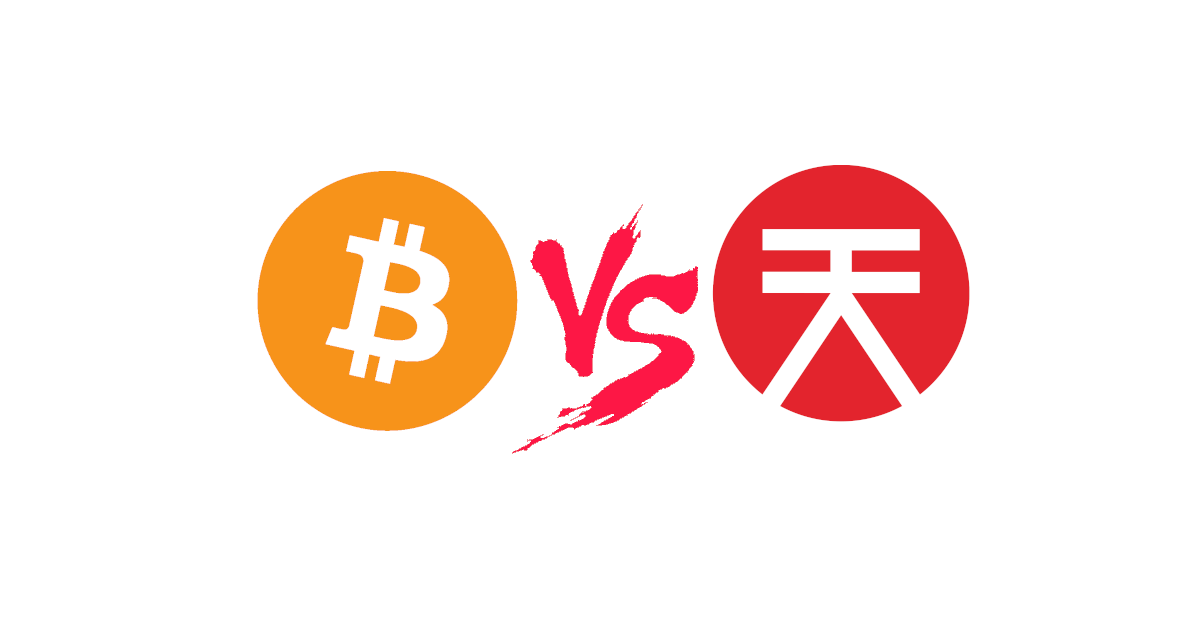In the rapidly evolving landscape of crypto, a multitude of different blockchains have emerged. Two such projects, SORA and Bitcoin, provide interesting contrasts, with SORA challenging the traditional cryptocurrency framework.
SORA: A New Model for Economic Growth
SORA introduces a new model of token allocation and governance. The XOR Allocation and TBCD Minting for Funding Proposals model allows countries aiming to finance productive projects to propose allocating XOR from a specific fund or minting TBCD tokens, which are convertible to XOR in the open market. This innovative approach empowers countries to finance initiatives that will stimulate their economies.
Furthermore, SORA’s Open Governance Process democratizes decision-making. By promoting transparency and inclusivity in funding proposals and key decision areas, SORA allows democratic governments to actively shape the XOR ecosystem’s growth and direction. This is a marked deviation from most cryptocurrencies, which are governed by a core team or a select group of developers.
Moreover, SORA also offers a potential avenue for Integrating XOR into Domestic Economies for Nominal GDP Growth. By allowing countries to utilize XOR in funding productive investments, SORA is carving a path towards integrating XOR into domestic economies, thereby potentially boosting GDP growth. This innovative model supports financing infrastructure projects, research and development efforts, and other essential investments, fostering economic growth and development.
Bitcoin: The First, But Is It The Future?
While Bitcoin holds a commanding position in the crypto market due to its pioneering status, it faces limitations. Unlike SORA, Bitcoin exhibits a Restricted Potential for Supply Expansion. This is because its token allocation is predefined with a fixed supply.
Moreover, Bitcoin exhibits a Lack of Open Governance and Productive Use. It is governed by a development team (Blockstream) that decides on protocol updates, without any provision for allocating tokens toward productive use with open governance.
Lastly, Bitcoin exhibits Shortcomings in Supporting Economic Growth. Traditional cryptocurrencies face challenges in promoting economic growth as they are unable to issue coins according to actual economic demands, prevent arbitrary supply changes, or establish a system for effective forward guidance.
Looking Forward
In conclusion, while the popularity of Bitcoin currently surpasses that of SORA, remember that markets are dynamic, and they adapt to innovations that provide superior utility. Currently, SORA appears to provide more room for productive use, better governance, and potential economic growth.
Despite its 11-year existence, Bitcoin has not made any significant adoption outside the realm of speculation. On the other hand, SORA is offering a paradigm shift that links digital currency with real-world economic growth.
In the end, the market will decide which cryptocurrency will become the cornerstone of the digital economy. Until then, it will be intriguing to watch these two projects, Bitcoin and SORA, evolve and vie for dominance in the world of crypto.






